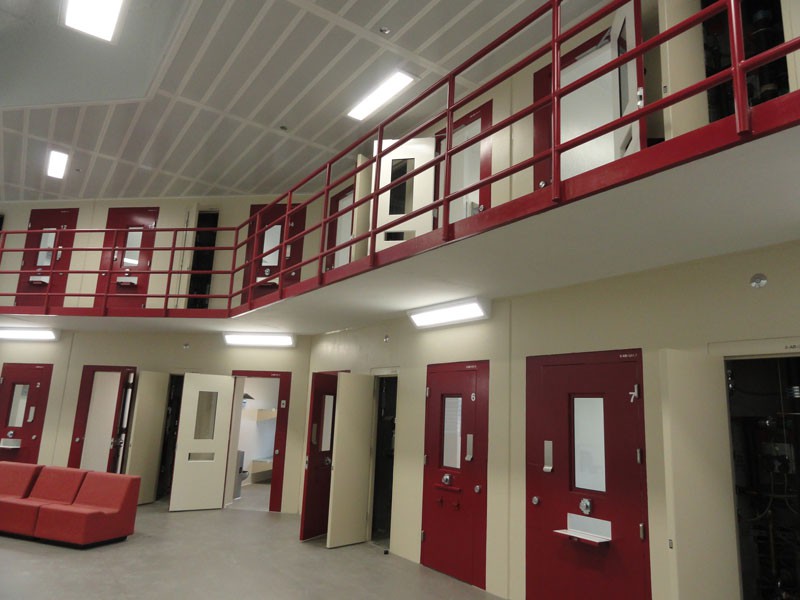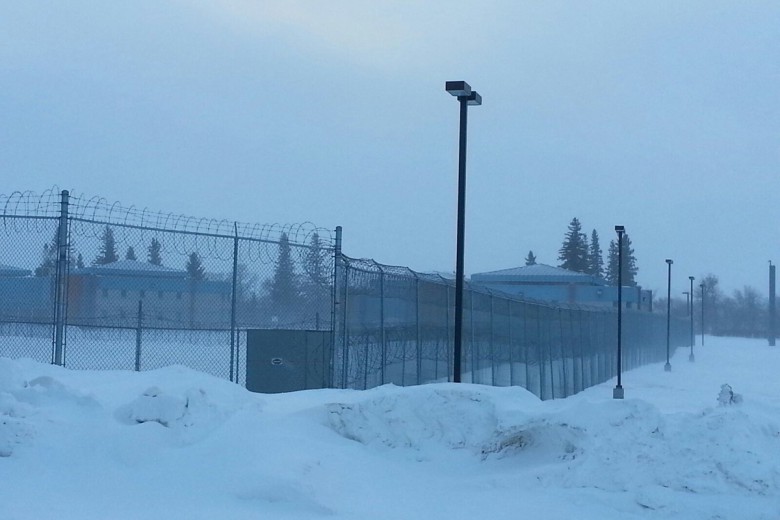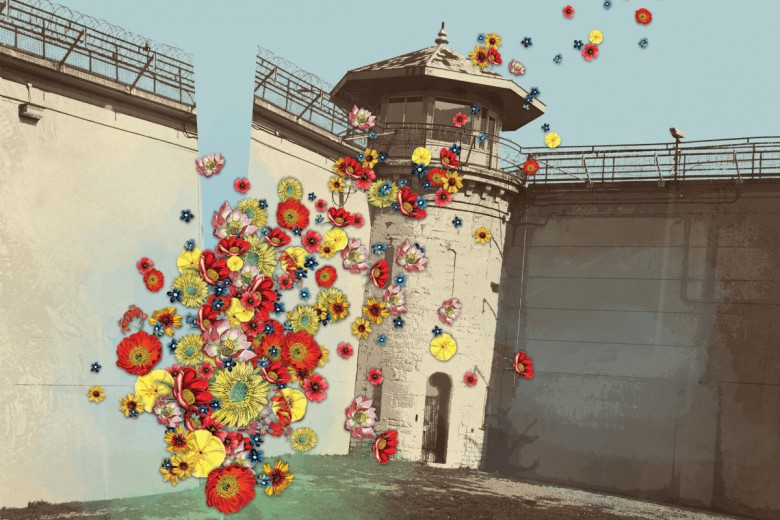Even today, people are still surprised when it comes to the actions of Canadian police and the everyday reality of state violence. But pictures don’t lie, they say, and the image of the aftermath of the beating of Curtis Young, a black man, posing with black eyes and bloodied lips, is enough to cause even the most uncritical to shudder.
Young was beaten in his cellblock by police – who later lied about it. The video went public, released on April 14. The Toronto Star summed it up as “a video showing four officers piling onto a Toronto man in a cellblock assault,” and suddenly force became a public secret.
Elsewhere, the spectacle of punishment is less in-your-face. The new medium and maximum security Toronto South Detention Centre (formerly the Mimico Correctional Centre) opened at the end of January and works to set the parameters of punishment, setting the stage for abuse more subtle and insidious than a prison beating.
The $593.9 million jail is the second largest in Canada. What you see, we imagine, is what you’ll get: pre-fab modular blocks built in Atlanta, partitions, the latest technology (body orifice scanners), Aboriginal inmate meeting rooms, a LEED certification, and a bright atrium-like entrance.
The “superjail” has since received “mixed reviews,” whatever that means. (Torontoist called it “impressive, but also a little disturbing.”) One of its selling points is its Skype-like video conferencing. I say Skype-like, because when I think of Skype, I think of a technology that enables long-distance communication. But although remote video visitation exists at some facilities in the U.S., video conferencing at Toronto South will not enable families to keep in touch long-distance.
Except in the case of video remand, which is videoconferencing for court hearings and lawyer visits, visitors still have to be on the premises to see their family or friends. But they won’t get to actually see them in person, even through a plastic sheet, as visits will now occur through a digital screen, in the name of efficiency. And increased surveillance.

At Toronto South, then, video visitations entirely replace in-person visits. That’s what they’re calling innovation. Or, is that innovation itself? New mechanisms to enforce power will help detract from the (already hackneyed) idea of prison as rehabilitation (let alone prison abolition). Why get rid of something that can be “innovated,” made better through its own disciplinary technologies?
“Still,” writes Todd Aalgaard at the Torontoist, “[Toronto South is] a place where human beings are stacked and punitively filed away, and every forward-thinking idea showcased within its walls reinforces that fact.”
With so much talk of social entrepreneurship, innovation is seen as our saving grace. It’s not even quite reform (the “detestable solution” as Michel Foucault put it). Rather, it’s about the look of things: architectural plans, timetables, technological capacity, training, education, programming.
Despite the Toronto South Detention Centre’s attempts to rebrand its facilities, there can be no model prison. And what becomes hidden in the press tour of Toronto South is the prisoners themselves. They are disproportionately people of colour and, since this prison is for people either awaiting trial or serving less than two-year sentences, many of them are likely to be immigrants facing deportation.
In Canada’s vision of multiculturalism, racialized punishment, as Angela Davis has called it, is a less publicized secret than in the U.S., but it is still a glaring reality. A 2013 report by Howard Sapers, Canada’s Correctional Investigator, concluded that Canada’s increase in prison population is driven by an increase in Aboriginal, black, Asian, and Hispanic incarcerated populations. Since 2003, there has been an 80 per cent increase in black inmates.
Inasmuch as American poet and scholar Elizabeth Alexander writes about images of brutalized black bodies as sites of both abjection and collective self-knowledge, I can’t help but look at the unpopulated publicity images of Toronto South and think about her words. She asks, “Can you be BLACK and look at this?”
That same question may more readily usher in feelings of disgust and outrage vis-à-vis a beaten and then photographed face like Young’s, because of its visibility. Yet, it’s all part of the same system that creates high-tech prisons where screens replace in-person visitation. This is what they call innovation.
Photos of Toronto South Detention Centre © Queen’s Printer for Ontario




_780_520_90_s_c1_c_c.jpg)


